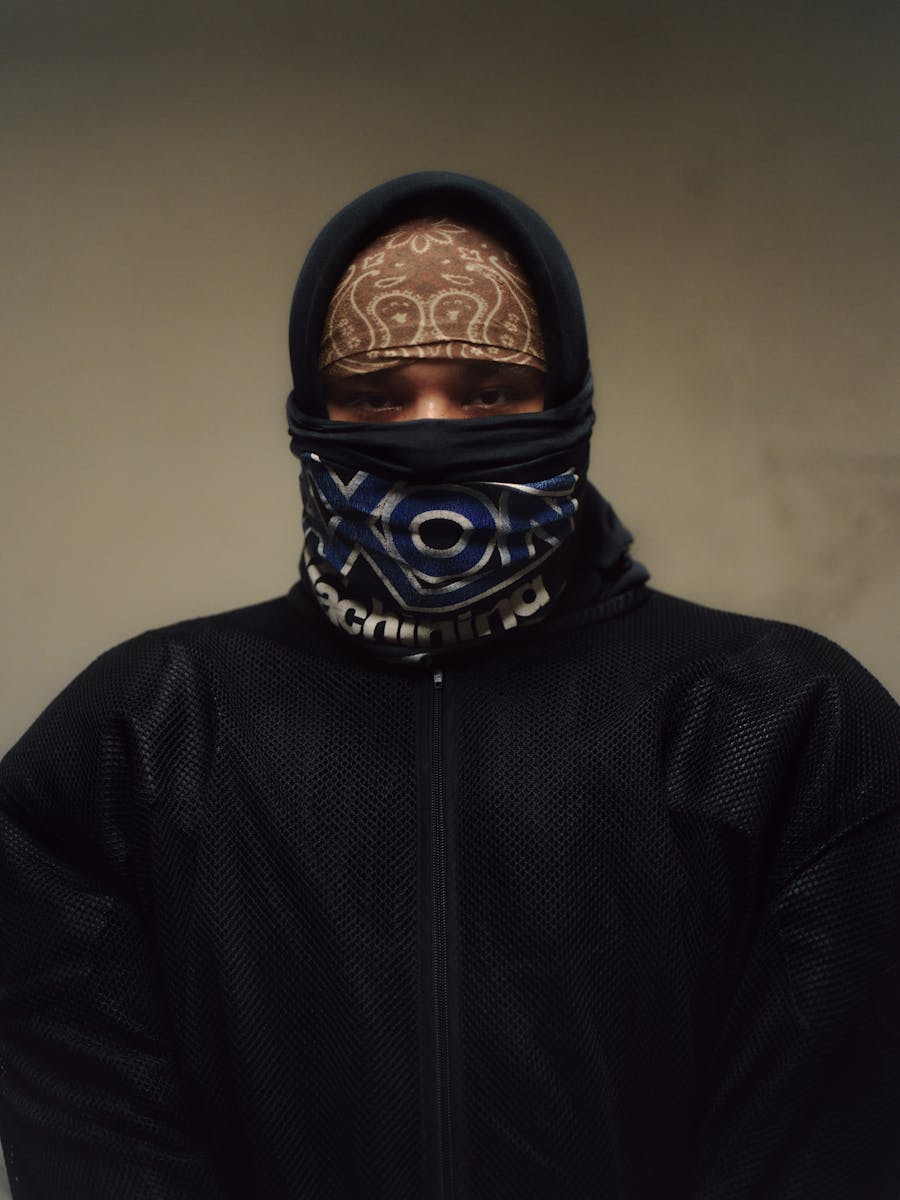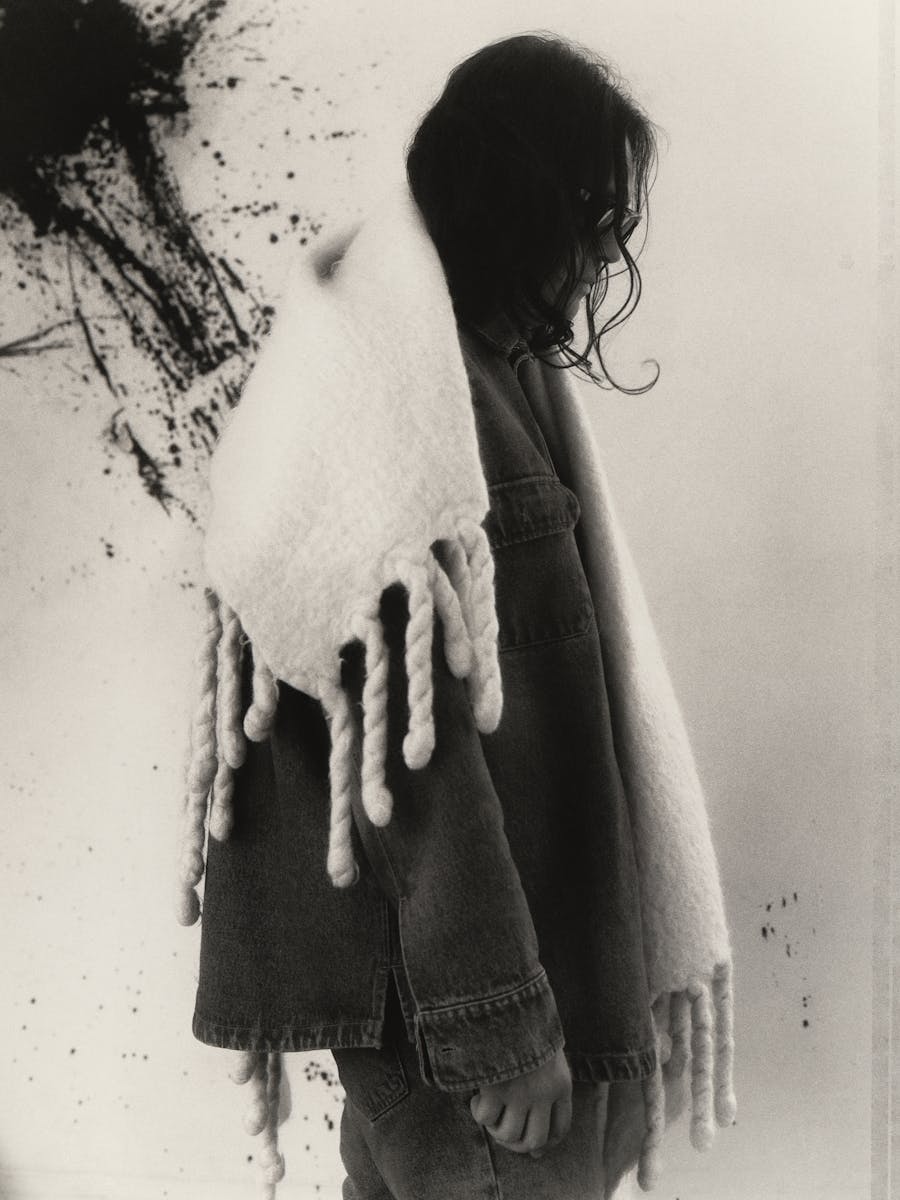Marine Desnoue has a gift with words. She makes them live and breathe with great skill, elegance and musicality. For over six years, the fashion content writer has collaborated with some of the biggest luxury names, such as Chloé, Alaïa and Dior. We talked with her about the role and importance of words in the luxury fashion industry.
What does your job entail?
I would say my job is to breathe life into a brand’s universe through words. I am the French "voice" of the fashion house Chloé, for all of its digital contents. That includes e-shop product descriptions, newsletters and editorial website content. I did a similar job for Alaïa for a long time, and wrote in addition inspirational texts about their collections. I also worked on other important missions, such as penning in-depth articles about the history of Christian Dior, for a 70th anniversary website developed by Parfums Christian Dior.
What do you love about words?
I am obsessed with words. I am obsessed with the beauty and poetry they can create when carefully chosen, crafted and arranged. I am obsessed with their emotional power. I am obsessed with their ability to immerse readers in an atmosphere, to make them see, feel, touch and taste things which they don’t have physical access to.
How do you find the good tone of voice for a brand?
My role, as a writer, is to create an elegant and consistent language, that reveals, echoes and reflects a brand personality, through every single word. The way a brand speaks, that is its tone of voice, has to be completely in tune with the way it looks.
To achieve that, the first thing is to know, grasp and be able to transcribe the history, ethos and DNA of each brand. The second one is to know the brand’s audience, because you have to engage it, build a connection with it.
For example, I write for both Chloé and See By Chloé, which is Chloé’s little sister line. See By Chloé is a bit more affordable and appeals to a younger age group, so I use a ton of voice that is simple and straight-forward for product descriptions, fresh and friendly for newsletters. On the other hand, Chloé’s tone of voice is more sophisticated, oriented towards excellence and detail.
When I started working for Alaïa, I had to define their tone of voice from scratch because they didn’t have any. Ready-to-wear being at the very core of their identity and their strongest category, I chose to use a vocabulary specific to ready-to-wear and couture to talk about all of their products, including bags, shoes and accessories. It was also essential to constantly emphasize the technical prowess of the pieces and the rich heritage of the house.
The tone of voice actually embodies a brand more than its visual aesthetic. The visual aesthetic can change and evolve, while the tone of voice doesn’t.
How important are words for the luxury fashion industry?
Luxury is a storytelling machine and obviously needs words for that. We don't buy a luxury product only for its intrinsic qualities but for everything it evokes and embodies. Words bring to life the fascination, poetry and magic of luxury, reinforce its aura and sacredness. They are particularly important in the age of digitalization, especially in the context of an online shopping experience, where customers can't physically see and feel the products. An image alone can’t express all the know-how, exceptionality, inspirations and story behind a product. In addition, editorial contents feed on the cultural and narrative density of luxury brands. They transcend the merchant discourse and relationship to bring more meaning and depth, assimilating the product to a larger system that goes beyond it, a whole cultural and symbolic imaginary. They enable luxury brands to share and enhance their know-how and history, to reaffirm their prestige and uniqueness, to arouse desire and make people dream, to bond with their community.
Haven't words lost their power in today's society where images reign supreme?
I don't think so at all. The two complement each other. Images are effective because they are immediate, but they can't stand on their own, they will always need words. Words bring insight, context, substance, depth and a different emotion. They allow brands to tell their story in a much more profound and developed way. The challenge today is more about finding ways to bring people to editorial contents, which, unlike images, are not directly accessible on social media and are less easily consumable because they require more time and attention. This means, for example, integrating text within audiovisual contents on social media or use social media as a gateway to drive traffic to an editorial content hosted on a website. But words will never loose their power. Never.




